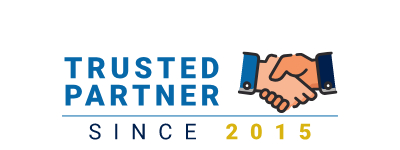Overview of the Client
Our client is an American manufacturer, marketer, and distributor of consumer and commercial products with an extensive portfolio of brands. They employ over 30,000 people globally with a distribution network that caters to the world.

Business Challenges and Objectives
- In the existing system, the client had to manually detect and address inconsistencies resulting from various exceptions and variations in data sources.
- The client needed a system to perform a weekly analysis of container allocation in Forty-Foot-Equivalent (FEU) units.
- They sought a solution that could smoothly transition between two distinct views, providing two different viewpoints.
- The solution needed to examine container allocation and utilization across multiple dimensions, offering user-friendly filtering options for planners.
- Their goal was to automate the generation of PO-level reports without needing direct SAP Connectivity, eliminating manual intervention.
The Solution
- To address dynamic allocation category switching, the team performed Gap analysis and Data Mapping, leveraging DAX capabilities.
- Calculation groups were implemented with custom summarization logic for various granularity levels (vendor, Plant, Destination, Brand, Division, PO).
- Data Mapping and Data Modeling through SQL were used to categorize forecasts based on exceptions with added conditional logic.
- Multiple SAP BW-derived PO and PREQ tables were migrated to Azure using Azure Data Factory, impacting transformation.
- To meet business requirements for data granularity and filtering, relevant facts and master data were enhanced through Data Modeling.
- Efficiency and automation were achieved by introducing a Dynamic ADF pipeline, facilitating the loading of Excel files into a data lake and SQL Data Warehouse.
- To meet unit-related business needs, Data Mapping and Data Modeling expanded material and material unit dimensions, simplifying planning, incorporating unit conversion logic for UNT, Pallet, and Case values.
Business Outcomes and Benefits
- Enhanced the operational efficiency of container allocation processes.
- Empowered the business to make informed decisions while reducing manual issue resolution requirements.
- Implemented a more robust and user-friendly system for analyzing container allocation and utilization.
- Streamlined reporting through technical enhancements, resulting in quicker access to accurate PO-level data.
- Improved unit compatibility, simplifying vendor communication, streamlining forecasting, and enabling comprehensive analysis.
- Enhanced automation and integration efforts, boosting report generation efficiency, reducing errors, and improving data relevance for informed decision-making.
